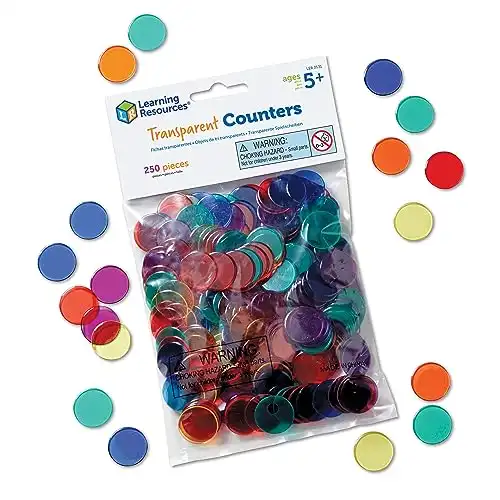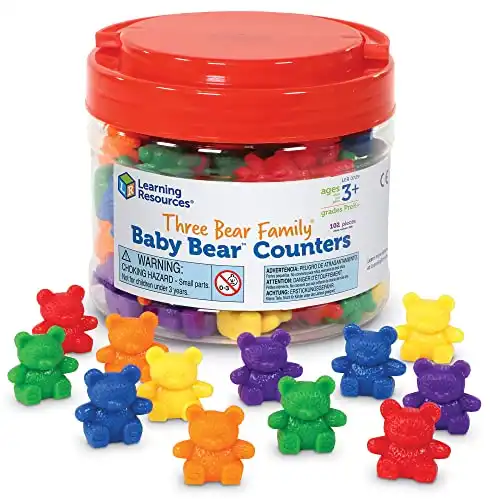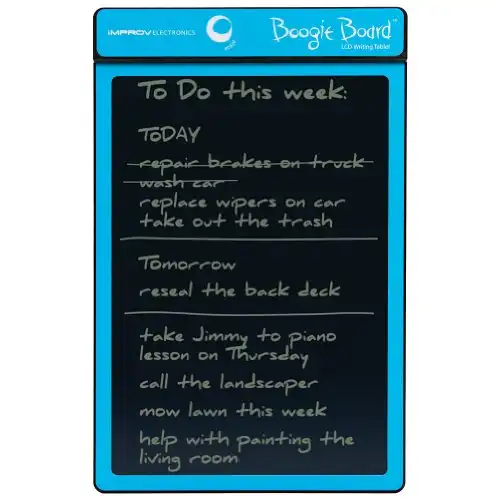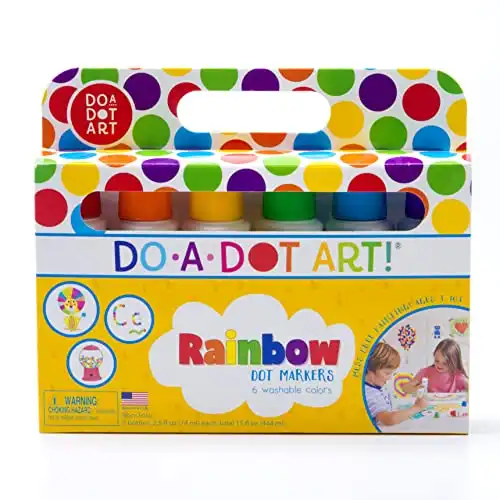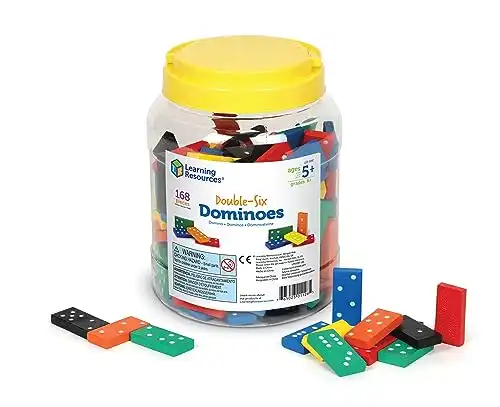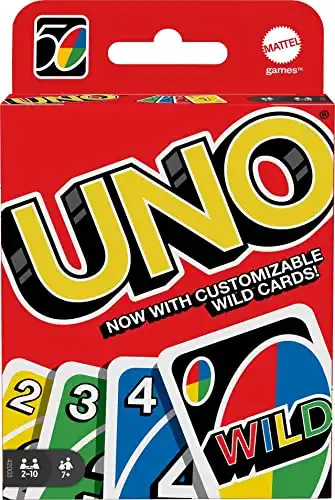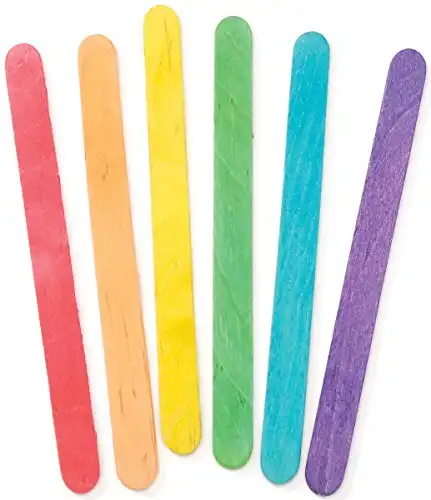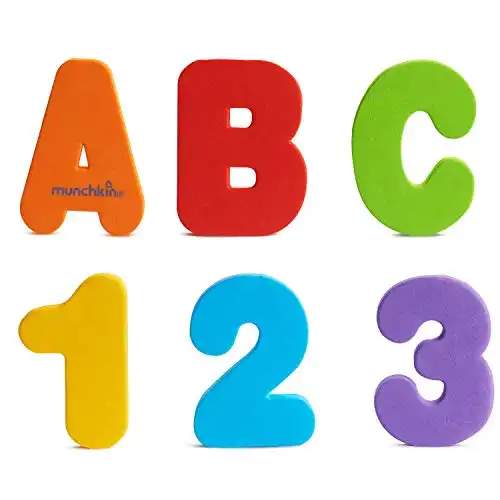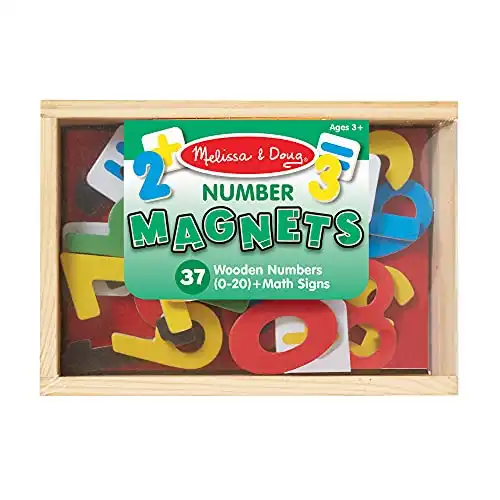Math tips and strategies for building number sense to 20 in Kindergarten and first grade: An extensive list of number sense activities and resources are included: books, materials, math manipulatives, and FREE activities!

The math tips and strategies you need for building number sense to 20 are right here. You will have everything you need to quickly implement and bring a wealth of number sense activities, games, and centers into your classroom or home.
Building Number Sense to 20
The activities, books, resource suggestions (including a FREE one) cover a ton of number sense concepts and are perfect for Kindergarten and first grade. Plus, find valuable number sense materials and manipulative suggestions, as well as freebies you can access today! Warning: It’s LONG but filled with so much you won’t want to miss anything!
Why is Building Number Sense Important?
Children need opportunities to learn and experience numbers. Learning to count, identify numbers, and understand quantity are a few of the essential concepts. Repeated experiences build understanding and fluency with numbers. These experiences help expand knowledge and learn new ideas. A strong number sense is vital for future understanding of more complex math topics.
The activities below are ones that have been used successfully. Use them as they are described or adapt them to your own needs. Be flexible. Have conversations about numbers and encourage questions. When there is an opportunity to order, count, match, or describe with a child, go for it! They benefit from seeing numbers in natural, fluid ways.
Make time for fun and engaging number activities daily and watch fluency develop.
Number Sense Concepts & Activities
Build Number Sense Through Counting
It is crucial to count with children every day. Repeated oral counting helps them hear what numbers sound like and to learn their order. Using math manipulatives, like counting chips, can help build a connection to verbal counting and counting objects. This one-to-one counting is an important skill that needs to be practiced often.
Activities
- Count out loud as a class starting at one and building to higher and higher numbers.
- Sit with a partner or in a circle and take turns counting by 1’s.
- As counting develops, teach number patterns and counting by 2’s, 5’s, and 10’s.
- Use a number chart to see what numbers look like visually. Point to each number as it is said.
- Encourage kids to practice one-to-one counting with small objects. Have small groups of objects set up in a center for them to count.
- Provide number cards (like those seen below) for kids to represent with counting chips.

Build Number Sense by Matching Numbers to Quantities
Provide materials for kids to count and connect with objects and numbers. This encourages children to see that numbers are more than words. Teach children that numbers have many representations, such as dots, fingers, counters, numerals, objects, ten frames, etc.
Activities
- Match two different types of objects together, such as five counting bears and a domino that shows five dots.
- Use links to create a number chain for a number.
- Work up to showing quantity with more than two types of objects (as seen in the photo).
- Have many different items available for activities, such as dice, dominoes, number magnets, bears, counting chips, cubes, and number cards.

- Match number cards from a card deck or game of Uno with dots on dominoes. Find every number combination on the dominoes.

- Complete number puzzles that have a different number representation on each piece. They help kids see that numbers can be modeled in many ways. These number puzzles to 20 are available as a FREE download further on.
- Encourage one-to-one counting with clip cards. Kids count groups of objects and clip the numeral that matches to the correct quantity.
- Ten frames are great for organizing numbers so that they can be easily counted. Matching numeral cards with ten frame representations is simple, yet effective at connecting quantity with numbers.
Build Number Sense with Number of the Day
When kids see numbers in many ways at once in a repeatedly, their number sense develops. Pick a number of the day starting at one and dissect it during your math block.
Activities
- Learn about a specific number for each day that you have been at school. Teach and dissect that number during calendar time. Represent that number on a number line, count to that number, show that number with straws or cubes, etc.
- Use a number of the day poster or anchor chart to break numbers down. Create your number of the day poster with the FREE poster templates.
- Encourage kids to participate and show their understanding on paper or mini whiteboards. Ask a question, such as “How do we show 5 with tally marks?” and allow them time to try on their own. This makes an excellent fluency building warm-up to math lessons.
- Read more tips on starting a number of the day routine in your classroom.
Build Number Sense by Ordering Numbers
Provide opportunities for kids to put numbers in order. While they put numbers or objects with numbers on them into the correct order, they are counting and building number sense.
Activities
- Provide opportunities with using a number line and number chart that puts numbers in order for us.
- Give sets of numbers to order correctly by finding them on the number line.
- Cover different numbers on a number chart with sticky notes and ask kids for the missing numbers.
- Build Lego stacks by putting the pieces together in an order written on the blocks.


- Work together with a partner to order number cards from 0 to 20. Create a number caterpillar like the one seen below.
- Number puzzles are a fun way to order numbers. Put the strips in the right order to reveal a picture.
- Puzzles are simple and easy to create. Take an old puzzle and write numbers on the back of each piece.
- Grab a piece of paper and write numbers in rows. Cut out pieces randomly and trade with a partner. Put the puzzle back together again for practice.


- Complete a number order maze starting at 0. This activity can be reused when put into a pocket protector.
Build Number Sense with Place Value Activities
Teaching kids about place value should begin with teaching them to see ten in many ways. Move on to illustrating numbers with base ten blocks.
Activities
- Practice making groups of ten things. Group straws, beans, counters, or any small objects.
- Teach counting by 10’s to count groups. Extend to teaching groups first and then singles.
- Make groups of ten to get to the 100th day.
- Show and examine a tens block and ones block. Discuss that a tens block has ten ones put together.
- Use base ten blocks to represent numbers. Do plenty of examples where kids must use and count blocks. Use a chart to help count the blocks.
- Say “Show (or draw) me 14 with place value blocks!”
- Represent the number of tens and ones on place value mats (seen below). Ask questions like “How many ones are there?” or “How many groups of ten?”. Make sure they understand what each number within the number stands for (i.e., the 1 in 18 is a ten and not a one).
- Represent a number in different ways: expanded form, standard form, word form, numeral, etc. Worksheets like the one below, can help build this connection.
Reading and Writing Numerals
Kids are constantly surrounded by numbers in their environment. They quickly learn to recognize the individual numerals 0 to 9 through different experiences. Continue to encourage this familiarity by having numbers on the wall. Posters, number lines, and calendars are helpful tools.
Activities
- Build numbers with playdough in a math center. Even something as simple as this playdough numbers activity here.
- Print numbers from 0 to 9 daily in different ways – in booklets, on whiteboards during math lessons, etc.
- Draw numbers on paper and give students do-a-dot markers or bingo dabbers to dot numbers.

- Use a Boogie Board (seen below) or whiteboard to practice numbers over and over quickly.

- Trace numbers frequently and repeatedly to build coordination and correct form. The mini-book below encourages this, as well as locating numbers.
- Encourage the correct formation of numbers by teaching it explicitly. The posters (seen below) are helpful tools to use and post on the wall.
- Catchy number poems help students visualize and remember number formation. Use your whole body to make actions or draw in the air.
Reading and Writing Number Words
Teach kids how to read number words as they learn to read. Teach each number word one at a time and how to spell them phonetically (when applicable).
Activities
- Have number posters with both the numeral and number word on it.
- Include number words on spelling lists so that kids learn to read and spell number words.
- Use a number of the day routine to teach and focus on one word each day.
- Match numbers word cards with numeral cards (seen below).
- Play memory with a partner with number words and numeral cards. Look for pairs (twelve and 12).
- Build recognizing and speed with mental math flash cards. Flashcards to kids, and they race to call out what they see (tally, numerals, number words, etc.).
Build Number Sense by Counting On and Back
Teach the strategy of counting on and back from a number to prepare kids for addition and subtraction.
Activities
- Give students a number and a group of small objects to count on. Ask, “How many more do I have?” given 7 to start and a group of 9 counters to count on with.
- Play games with small objects and decks of cards where counting on is needed.
- Play a group counting game called ‘Around the World.’ Say a number, and each person counts on and says the next number as you go around the circle.
- Use small objects to count on or back from a number given (cubes, counters, dice, etc.).
- Put numbers in backward order. Take the ordering activities seen above and reverse them.
Build Number Sense through Estimating
Provide lots of opportunities for kids to guess how many things they see in their day to day lives. Ask prompting questions to encourage this thinking. Make sure kids know that they are estimating and that these are just guesses. Stress that estimates do not need to be exact but that they should be thoughtful. With more practice, estimations should become closer to the actual number of objects.
Activities
- Fill clear or open containers with different sized objects for kids to guess. Keep them simple and work up in difficulty and size of objects. Smaller objects and bigger containers are usually harder.
- Create an Estimation Station,” where containers are set up with objects inside. Kids can take a close look and make estimates.

- As a whole group activity, grab a pile of objects to show quickly. Cover them and have kids make guesses.
- Play ‘Show & Hide’ with a partner. Use a cup and put some small counting bears inside. Quickly show a partner, and then hide them. They make an estimate, and then you count together to check.

Build Number Sense by Comparing Numbers
As familiarity with numbers grow, so does an ability to compare numbers with each other. Provide opportunities to compare numbers daily. Ask questions about which number is bigger, smaller, or the same.
Activities
- Use a chart or number line to compare numbers.
- Use small objects to make comparing easier. Say “Show 11 and 15 with cubes”. Ask, “Which number is smaller?”.
- Teach the symbols < > and = and what they each mean. Use the alligator strategy (The alligator likes to eat the bigger number) to remember the signs and what they mean.
- Create number towers. Kids use cubes to form towers to represent numbers. Compare two towers to see which is the tallest and, therefore, the bigger number. The alligator eats the bigger tower.

- Compare numbers with math tools and indicate the correct symbol on clip cards (seen below). As kids become fluent, they should recognize the correct symbol without support.
Number Sense Resources
The activities seen in this post can be found in the following resources found on Teachers Pay Teachers.
Numbers to 10 for Kindergarten
Numbers 11-20 for Kindergarten
Mindful Math Kindergarten Curriculum
Mindful Math First Grade Curriculum
Free Number Sense Puzzles to 20
Prep this fun set of number puzzles for your classroom centers and help kids build their number sense!
Grab 20 FREE number puzzles with different representations on each piece by clicking the image below.
Number Sense Books

I Spy Numbers by Jean Marzollo
1,2,3 Peas by Keith Baker
Chicka Chicka 1,2,3 by Bill Martin Jr.
Splash! by Ann Jonas (counting)
The Very Hungry Caterpillar by Eric Carle (counting)
How Do Dinosaurs Count to 10? by Jane Yolen
Number Everywhere by Elliot Kaufman
10 Black Dots by Donald Crews
How Many Bugs in a Box? by David Carter
How Many Snails? by Paul Giganti, Jr.
Ten Sly Piranhas by William Wise
None the Number by Oliver Jeffers
Zero the Hero by Joan Holub
More or Less by Stuart Murphy
Tally O’Mally by Stuart Murphy
Place Value by David Adler
What’s the Place Value by Shirley Duke
Quack and Count by Keith Baker
Betcha! by Stuart J. Murphy
Number Sense Materials
Try the Mindful Math Comprehensive Program
Read about the Mindful Math program and how it can change your math block in positive ways! This comprehensive math curriculum is available for Kindergarten, first grade, and second grade.
Learn More about Teaching Number Sense
Building Number Sense free email series
5 Tips for Building Math Fluency
PIN

FREE Number Sense Email Series
Sign up for the building number sense email series filled with effective strategies, must try activities, and FREE resources to build routines in your classroom. Everything you need to help kids grow their number sense and have fun at the same time!















